Introduction
The sad news of John Sharp’s death reached the Committee, just as 2022 came to an end. We begin this first 2023 edition of Forum with the brief autobiography that John provided for the SUES website. John’s funeral will take place on Friday 27th January at 12 noon at Southport Crematorium. Members of the Committee will be attending to represent SUES. The family would like to get an idea of numbers attending the funeral and the reception afterwards at Master McGraths, Southport Rd, Scarisbrick, and so if any other SUES members are intending to go to the funeral or to both funeral and reception, please let Rob Firth know by Monday 23rd February.
There will be another opportunity to remember John and his contribution to the survival and revival of SUES, when his nephew, Stuart Sharp of Lancaster University, gives our next Friday afternoon talk. This was originally scheduled for Friday 24th February, but the date has now been changed to Friday 3rd March. Further details are as follows.
The Ecology and Conservation of River Birds
By Dr Stuart Sharp, Senior Lecturer at Lancaster University
All Saints’ Church Hall on Friday 3rd March 2023 at 2:30pm
Stuart is an animal ecologist working principally with wild populations of birds and mammals to address questions at the interface between animal behaviour, population ecology and conservation. His current research focuses on the impact of environmental quality and change on the ecology, life history and behaviour of dippers (Cinclus cinclus) and other river birds.
This edition includes an article by Roger Mitchell about the development of Forum, one of John’s most important achievements for SUES. Christine Vasey reports on our December meeting when Will Daunt talked about Gerard Manley Hopkins and his connections with Maghull and Lydiate. There is an important update from our Chairman, Alan Potter, explaining how the committee is starting to plan for our 150th anniversary and beyond. To keep your brains active in the winter gloom, Mary Ormsby has a quiz for you and answers are provided.
Roger Mitchell’s course on Art and Architecture of the American West has got off to a good start with 30 members on roll and a new sound system which seemed able to tame the difficult acoustic in the large hall. The course continues until early March, when we have our next Friday afternoon event.
John Sharp 1938 – 2022

I studied History at Cambridge and taught the subject in a variety of schools. Later on, I became a comprehensive school headteacher and concluded my career as an adviser/inspector. I have maintained an interest in amateur theatre since my youth, acting in and directing many plays. In fact, I became aware of the existence of SUES in 2012 when asked to make a presentation on Charles Dickens. Since then, I have regularly attended meetings, given lectures and taken on a variety of responsibilities.
John Sharp’s Forum
Forum was very much John’s project and from the first issue in March 2020 to his final contribution to Forum 36 in October 2022, it reflects the values, the insights and the skills of the man who created it. Forum was John’s response to lockdown, a swift realisation that members needed something that would keep ‘all our brains ticking over’. Forum certainly did that and John helpfully provided ‘suggestions for further activity’. These included reading and investigating but pride of place was rightly given to thinking.
The first article in Forum 1 was by John and at a time when we were required to self-isolate, he told us about hermits – people who chose to self-isolate. His conclusion was that ‘we are essentially social beings and many of the fulfilling aspects of our lives involve others. However, the experience of self-isolation may lead us to examine the resources that we have within ourselves and give us the space and time for reflection’. As so often with John, a great deal of wisdom and experience is condensed into a couple of sentences.
Initially Forum was published fortnightly and by the end of 2020 Forum 14 had appeared with the instruction that, despite everything, we should have a great Christmas. As lockdown eased, so Forum moved to a monthly issue which has been maintained through 2021 and 2022. John made regular contributions and encouraged others to contribute. He was keen to extend the variety of material and his own articles ranged from Montaigne – the First Modern Man?, (which he also gave as a Zoom lecture), to Tom Lehrer and his Songs. He organised a poetry edition and his own choice was The Lake Isle of Innisfree by W.B.Yeats. The reason for his choice was ‘because I like poems which say things that can’t be expressed in any other way’. He contributed a number of his own short stories and poems, reflecting on contemporary problems and drawing attention to our local environment. One of his last pieces in September 2022 was a poem inspired by the dunes of Ainsdale and Formby. It concludes thus:
What is the nature of England? A landscape
Changed or unchanging, conserved or conserving,
Spoilt or unspoilt? A land for people
Or all living things? The sea lives, the wind, the sand,
The dunes too, each with its own mystery.
‘The Nature of England’ was a theme to which John returned frequently in his work for SUES. After attending Peter Firth’s course on the Normans, he wrote a piece for Forum 27 about whether the Norman Conquest was inevitable and three months later in Forum 30, he considered his own Englishness or Britishness.
Personally, I am quite comfortable about being British. My paternal grandfather came from an entirely Scottish background and my paternal grandmother from an entirely Welsh one. My mother’s forebears were 100% English. Like many of my fellow citizens, I am a mongrel.
Although John claimed to be a mongrel, many of us were sure that he was a thoroughbred and he undoubtedly deserved the compliments that he received. As one member put it, ‘Forum never fails to entertain me and cheer me up’.
Much more could be written, but John was always clear that he preferred short articles to long ones and so I will finish with the response that John made to an article that I wrote asking when England looked its best. There was a general consensus that a good case could be made for the eighteenth century but John was the only respondent to put himself into that environment when he wrote:
I quite see myself as a Parson Woodforde-type vicar, living in a fine rambling vicarage with an attractive garden. There are hills and woods in the neighbourhood with plenty of good walks and some interesting historical monuments. I have a splendid library, where I spend much time reading and writing. My church, where I preach ‘religion without enthusiasm’ to a docile population, has many medieval features. The local squire is friendly and generous, and my stipend is ample. I have friends of similar academic and literary interests, with whom I am able to share hospitality with stimulating talk. Diligent servants attend to basic household needs. I eat and drink well: it is a comfortable life.
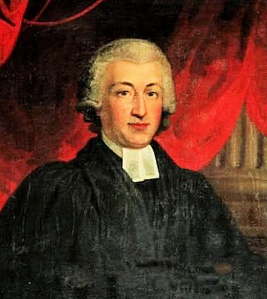
Sweet dreams, John, and many thanks for the contributions that you made to Forum, to SUES and to Southport.
Roger Mitchell
PS: Please remember that all editions of Forum are available in the Archive section of the Society’s website.
Gerard Manley Hopkins: A Lecture by Will Daunt
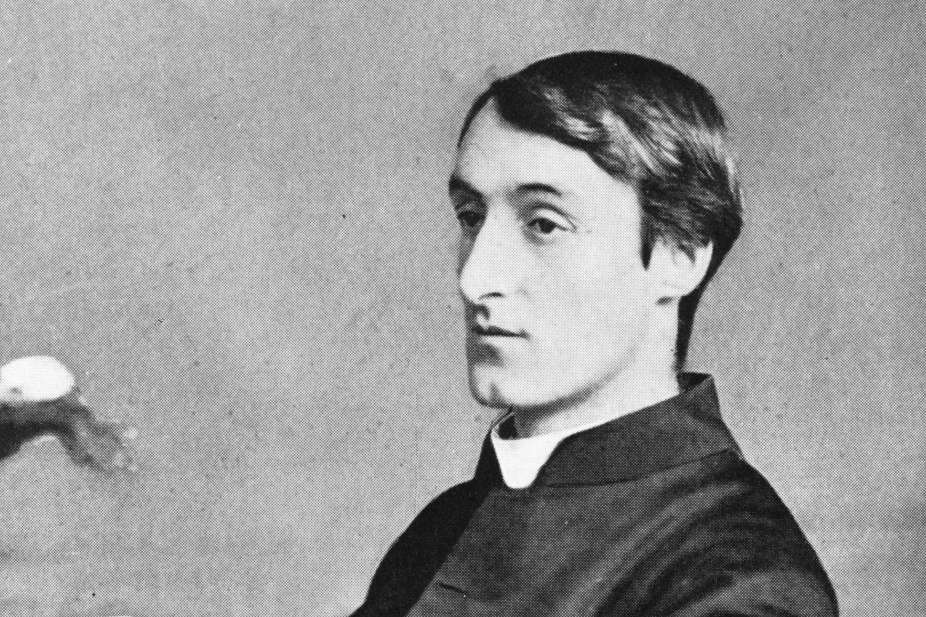
On December 9th, a bitterly cold day of ice and frost, Will Daunt delivered the final SUES lecture for 2022. Despite the extreme temperatures and the rock-salted path that needed to be negotiated with great care, a sizable audience turned up to learn about the poet, Gerard Manley Hopkins, and his associations with the north west.
Will Daunt opened his lecture by telling us how as a 16-year-old schoolboy, he first encountered Hopkins by accident and has been fascinated by this remarkable, innovative and passionate poet ever since.
Gerard Manley Hopkins was born in London in 1844, the eldest of nine children. His parents were prosperous, cultured High Anglicans who fostered their children’s talents, especially those of their rather frail, highly strung, melancholic eldest son whose poems won prizes at school. Sadly, for Hopkins, this was the only recognition he received for his poems during his lifetime. In 1863, Hopkins won a scholarship to study classics at Balliol College, Oxford.
During Hopkins’ student days, the university was still responding to the Oxford Movement founded by high church Anglicans in 1830. Encouraged by John Henry Newman, a former leading light of the Oxford Movement, but who in 1847 had converted to Catholicism, Hopkins, to the consternation of his family, also was received into the Catholic church. In 1868, Hopkins entered the Jesuit order and began studying for the priesthood. At this time, he gave up writing poetry which he believed was distracting him from his priestly studies and he burnt many of his existing poems. Fortunately for us, he sent copies of these poems to his life-long Oxford friend, Robert Bridges, for safe keeping. Bridges, who later became Poet Laureate and the executor of Hopkins’ literary estate, was instrumental in publishing the very first edition of Hopkins’ poems in 1918.
During his nine years as a Jesuit novice, Hopkins taught theology and classics in various catholic schools around the country including Stoneyhurst. It became obvious that he was much better suited to an academic environment than to parochial duties especially after his ordination in 1877 when he was sent to the large, poverty-stricken parish of St Francis Xavier in the heart of industrial Liverpool. Hopkins was horrified by the deprivation and want he encountered in the Liverpool slums. He wrote to a friend, “Liverpool has the worst levels of poverty, child deaths and desperate people. It is a most unhappy and miserable spot”. He fell into a deep depression, a condition that plagued him all his life.
Having said at the beginning of his novitiate that he “would write no more unless it were the wish of my superiors,” he started writing poetry again when he was teaching at St Beuno’s College in north Wales where he was befriended by Father Randal Lythgoe, a senior Jesuit, who had founded the college in 1846. Was it Father Lythgoe’s encouragement or a profound response to the beautiful Welsh surroundings where he felt God’s presence which led Hopkins to resume his poetic destiny? Wherever the inspiration came from, some of Hopkins’ most famous poems were written at St Beuno’s.
Pied Beauty
Glory be to God for dappled things-
For skies of couple-colour as a brindled cow;
For rose-moles all in stipple upon trout that swim;
Fresh-firecoal chestnut-falls; finches’ wings;
Landscape plotted and pieced – fold, fallow and plough;
And all trades, their gear and tackle and trim.
All things counter, original, spare, strange;
Whatever is fickle, freckled (who knows how?)
With swift, slow, sweet, sour, adazzle, dim;
He fathers-forth whose beauty is past change:
Praise him.
Father Randal Lythgoe was the uncle of Thomas Randal Lightbound of Rosehill House in the Lancashire village of Lydiate. Mr Lightbound was a wealthy wool merchant and a staunch catholic. He had been heavily involved in the foundation of St Francis Xavier in 1840. Lydiate, along with other Lancashire villages, had remained faithful to the catholic church but it had been without a place of worship since the Reformation when St Katherine’s Chapel in the grounds of Lydiate Hall had been destroyed. The Catholic Emancipation Act of 1829 meant that Catholics could worship freely and a spate of church building began. In 1856, Our Lady’s Chapel was built in Lydiate and served by the Jesuit priests from St Francis Xavier in Liverpool. Consequently, Hopkins became a frequent visitor to Lydiate and a friend of the Lightbound family.
The peace and calm and the countryside around Lydiate were balm to the poet’s troubled soul and an antidote to the grim reality of life in Liverpool but in the end, he became so overwhelmed by his ministry in the city that he returned to teaching at Stoneyhurst. In 1884, he was appointed to the Chair of Latin and Greek at University College in Dublin. This was not a very happy time for him. Depression seized him again and he produced a series of what he called ‘terrible sonnets’ such as Carrion Comfort. He died in 1889 aged 45 of typhoid fever.
As already mentioned, Robert Bridges published an edition of Hopkins’ poems in 1918 but very little notice was taken of them. Another edition was published in 1930 and attracted the attention of W.H. Auden, Stephen Spender and T.S. Eliot. Finally, Hopkins was recognised as a great poet. We can also see Hopkins’ influence on Dylan Thomas, Sylvia Plath, Seamus Heaney and many others. Hopkins experimented with poetic form and developed ‘sprung rhythm’ which involved scanning by the number of stresses in a line rather than counting the syllables. He had a remarkable facility for language and vivid imagery through which he praised God and His creation.
Will Daunt shared his enthusiasm for Gerard Manly Hopkins with us and revealed aspects of the poet’s life that most of us were completely unaware of. We thank him for his stimulating, thoughtful, scholarly and absorbing lecture.
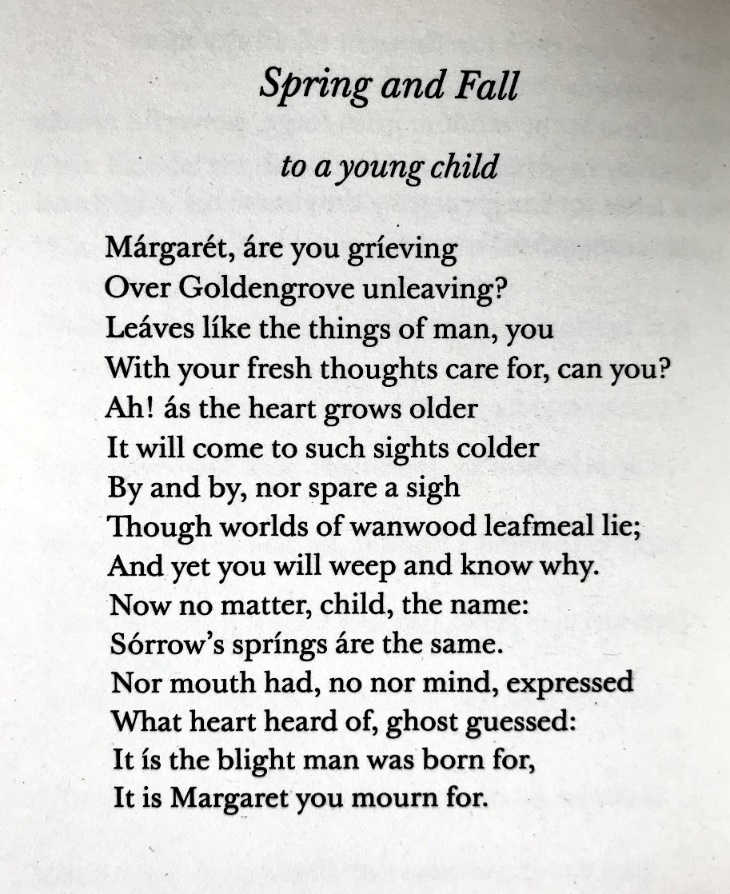
Christine Vasey
Copies of Will’s book on Gerard Manley Hopkins – the Lydiate Connections were on sale at the lecture. If anyone else would like to buy a copy (£5), please contact Roger Mitchell.
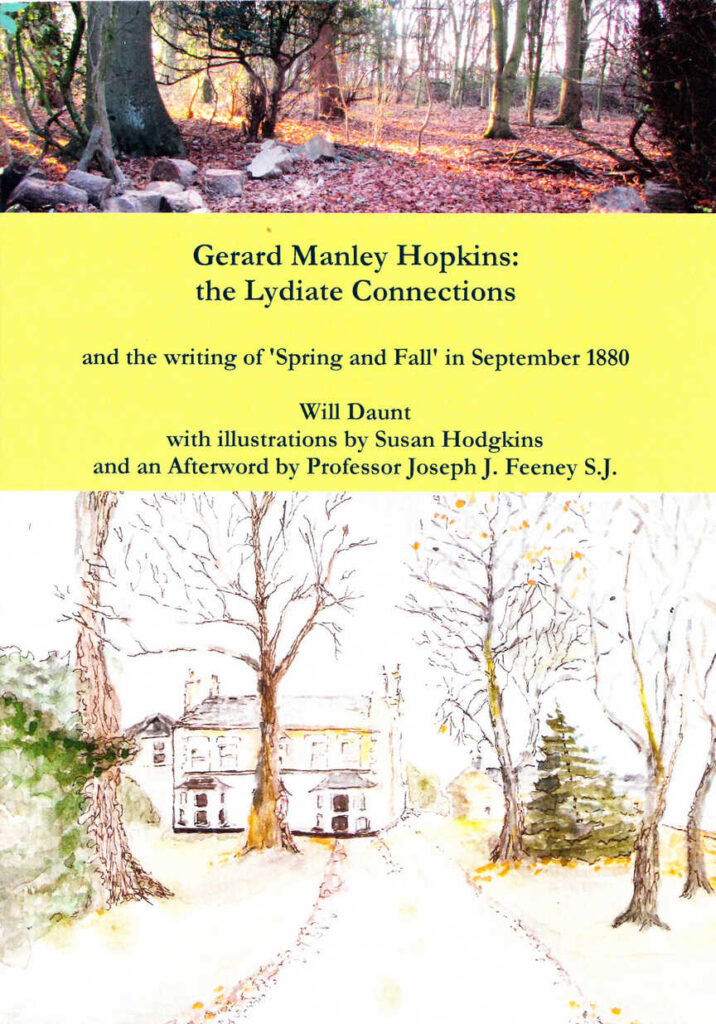
Southport University Extension Society (SUES)
A Proud History and a Bright Future
With almost 150 years of providing learning in the local community as an extension society, SUES can be rightly proud of what it has achieved. One reason is that such provision has always been both altruistic and honorable – initially to bring university level talks to women at a time when they could not attend formal education and the poor when they simply could not afford it. Over many years, the nature of our membership and audiences has changed as society has become more enlightened and more wealthy. Society has also become more diverse and more reliant on not-for-profit organisations.
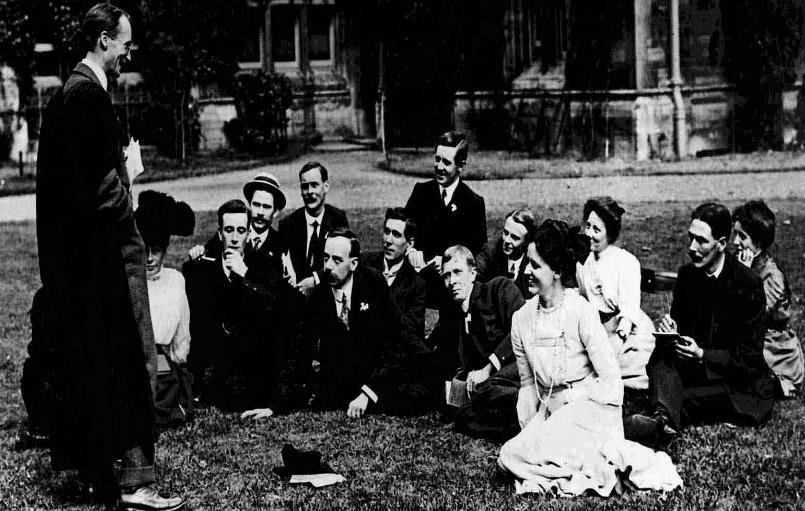
So what does SUES stand for now? That was the question addressed by members of the committee who met last November to consider how the vision of community learning established in the late 19th century is relevant to today. To do so, a Vision Statement was created to encapsulate what we aspire to achieve:
To improve the lives of people in the local community through quality learning that is accessible, inclusive and enjoyable.
The discussions of the committee went further – to consider how this vision is to be achieved both today and over the years ahead. This new ‘Mission Statement’, below, sets out how we wish to reach the laudable aims clearly set out in the Vision Statement.
To provide a range of experiences to enable as many people as possible to gain the benefits from quality learning.
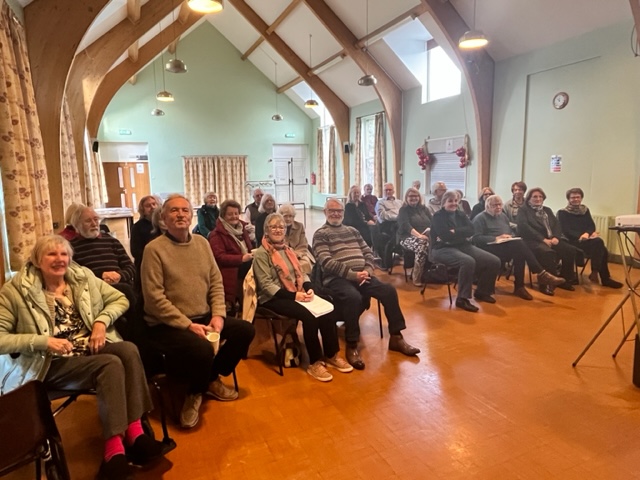
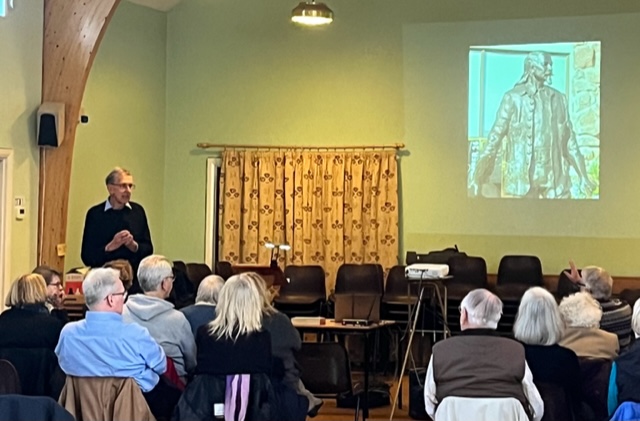
The later part of these discussions involved setting out an Action Plan for the current year (2022-2023) to outline the set of tasks we are committed to undertake as a committee, on your behalf, to fulfill our mission this year. As our current programme was already underway, a number of targets we set out have already been met.
All three elements – the Vision Statement, the Mission Statement and the Action Plan – will be displayed through our website and will give a clear indication of what we are about and how we intend to continually improve. They encapsulate our simple but effective strapline for SUES that also appears within our society logo:
enjoying quality learning together
All these features will be displayed on banners and posters too as we seek to increase the number of people who are able to gain the benefits of quality learning with us, especially those in later life. I hope you find the outcome of our deliberations positive and each is an aspect of SUES that receives your support. Do feel free to share your thoughts with members of the committee when we next meet.
Do remember too, we are all SUES and if we wish to continue to thrive, to provide learning in our local community and to improve the lives of others, it will take effort and participation from us all. We would welcome volunteers from members wishing to join us on the SUES Committee – time commitment is minimal, tasks are light, we often meet by Zoom to avoid travel and it is always enjoyable too!
Alan Potter (Chairman) on behalf of the SUES Committee
Connections Quiz
Answer questions 1-9 normally but bear in mind that all of the answers have something in common.
1. Hibiki, Nikka and Suntory are all famous brands of which alcoholic drink?
2. The Roald Dahl book in which the characters Violet Beauregrade,Willy Wonka and Charlie Bucket appear.
3. This professional baseball team are based in the New York borough of The Bronx.
4. This mountain range in the western United States runs 400 miles north-to-south and notably features Lake Tahoe.
5. This capital city is the third-largest city in the Americas, behind Sao Paulo and Mexico City.
6. This soft drink brand was launched in the United Kingdom in 1950.
7. Author of ‘The Picture of Dorian Gray’.
8. What is Canada’s largest province by area?
9. This smooth, progressive dance is characterized by long, continuous, flowing movements across the dancefloor.
10. What connects all of the answers?
Answers can be found below the contacts section…
Mary Ormsby
Contacts
Chair: Alan Potter
alanspotter@hotmail.com
07713 428670
Secretary: Roger Mitchell
rg.mitchell@btinternet.com
01695 423594 (Texts preferred to calls)
Membership Secretary: Rob Firth
suesmembers74@gmail.com
01704 535914
Forum Editor: Chris Nelson
chris@niddart.co.uk
07960 117719
Facebook: facebook.com/groups/southportues
See our archive for previous editions of the SUES Forum!
Answers to Mary Ormsby’s Quiz
1. Whisky
2. Charlie
3. Yankee
4. Sierra (Nevada)
5. Lima
6. Tango
7. Oscar (Wilde)
8. Quebec
9. Foxtrot
10. All of the answers are code words in the NATO phonetic alphabet